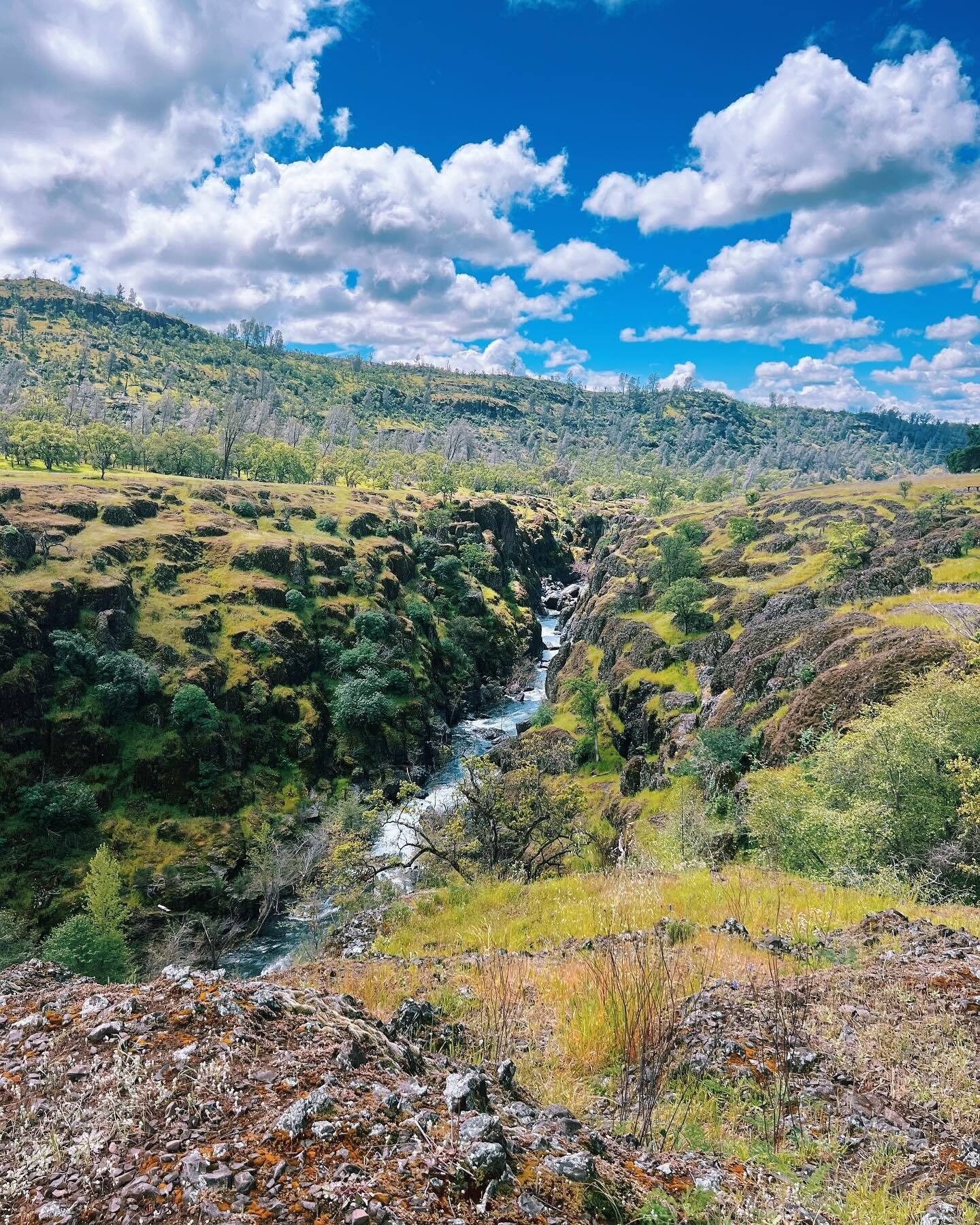Throughout Butte County, a wide array of feathered friends, mammals, reptiles, insects, and fish are full-time residents, making it an ideal California Watchable Wildlife (CAWW) destination.
Discover red-tailed hawks, Swainson’s hawks, falcons, river otters, owls, Mexican free-tailed bats — and too many more animals to list — at Butte County’s urban parks, neighborhoods, and rivers. With its myriad of lakes, seasonal wetlands, vernal pools, and creeks, Butte County also welcomes millions of migratory birds each fall and winter as a major player on the Pacific Flyway. Each year, winged visitors make their way to flooded rice fields, nature preserves, parks and refuges where you can watch breathtaking fly-ins and show-stopping fly-outs of ducks, sandhill cranes, Canada geese, snow geese and tundra swans (and more!).
Whether you walk, paddle, hike, or observe from your car, it’s easy to get up close and personal with nature in and around Butte County all year long (just look for the binocular signs).
Bidwell Park
Premium Site: worth visiting if you have limited time; has wildlife values year-round
The habitat: Blue Oak foothills woodland, Riparian, Grassland, Foothill Pine-Oak Woodland, Freshwater seeps/wetlands, pond
With both a lower and upper part to the park, Upper Bidwell Park is the Watchable Wildlife focus, with over 100 species of birds found during various seasons and critical habitat for the Eastern Tehama deer herd, the largest in California. The area also provides critical habitat for and spawning for threatened Spring Run Chinook salmon and hosts larger, seldom seen, animals, such as mountain lion, black bear, coyote, and bobcat.

Chico Seed Orchard
The habitat: Oak woodland and riparian
Originally known as the Plant Introduction Station with the purpose of plant breeding research and plant introduction from all over the world, today the Chico Seed Orchard produces plants for projects such as reforestation, wildfire recovery, watershed restoration, fisheries, riparian habitat for threatened and endangered species, oak woodland restoration, and more. The trees and plants from around the world provide shelter for 200 species of bird throughout the year.

Feather River Fish Hatchery
Located on a scenic stretch of the Feather River just below Oroville Dam, this hatchery offers stunning scenery, an underwater window view of fish using the fish ladder, close-up views of Chinook salmon and steelhead spawning and rearing, and opportunities to see fish spawn naturally in the river gravels below the hatchery. The Feather River Fish Hatchery handles 30 million eggs, 15 million fingerlings, and 17,000 adult salmon and steelhead annually. Approximately 20 percent of the ocean sport and commercial catch originates here. Best viewing will be during the salmon spawning season (mid-September to November) and steelhead spawning season (late November to February 1). Find other wildlife viewing opportunities along the Feather River, where you’ll enjoy views of waterfowl, wading birds, songbirds, birds of prey, and small mammals.

Gray Lodge Wildlife Area
Premium site: worth visiting if you have limited time; interpretive programs and/or displays, well-developed facilities
The habitat: 35% upland, 5% permanent wetland, 60% seasonal wetland, 5% riparian, plus delivery ditch, natural slough, and creek banks.
Gray Lodge Wildlife Area is a spectacular, seasonal wetland, located 5 miles north of the Sutter Buttes. Wintering waterfowl, which includes over a million ducks and more than 100,000 Ross’ and snow geese, enjoy loafing on the shallow ponds of this 9,200-acre wildlife area. Occasionally, muskrats and river otters are seen swimming through the deeper waterways. The upland fields and tree-lined canals provide habitat for warblers, red-shouldered hawks, ring-necked pheasants, tricolored blackbirds and much more. You may even spot some of the nocturnal life, such as barn owls and black-tailed mule deer, some of which are albino.
Sacramento River National Wildlife Refuge
The habitat: Butte County’s part of the Sacramento River National Wildlife Refuge is the Pine Creek Unit, which consists of 141 acres of native grasses and 423 acres of mixed riparian forest
The Sacramento River is an important breeding area for migratory songbirds and other migratory and resident landbirds. This river is also an important migration corridor that provides stopover resting and feeding habitat for birds that breed in the nearby northern Sierra Nevada and southern Cascade foothills and mountains. Many mammalian species are year-round residents of the Refuge. Fish species occur at the Refuge in the main channel, sloughs, oxbow lakes, and on the inundated floodplain. Visitors to the Pine Creek Unit can enjoy about 2 miles of trails, accessible by foot or boat.
California Wildlife Photo of the Year Contest
California Watchable Wildlife administers the annual California Wildlife Photo of the Year Contest. Photos can be present or past, but must have been taken in California, including the wilds of Butte County.
The contest has five submission entry periods, beginning in January and ending October 31. The final judging period, November – December, is reserved for selecting the Photo of the Year. Learn more about this annual contest at California Watchable Wildlife and submit your Butte County photos for your chance to win!
